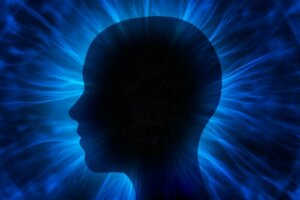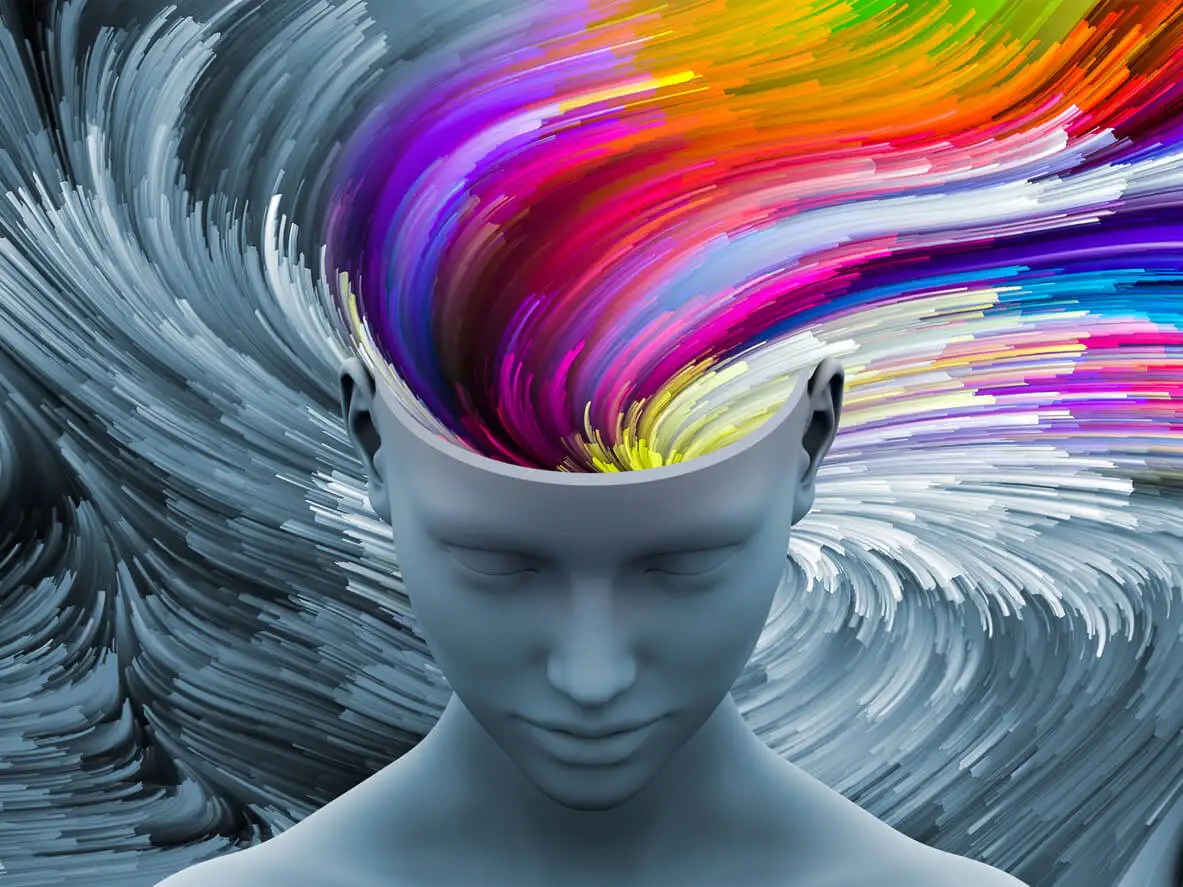What Is the Quantum Mind?

Many people are at least somewhat familiar with quantum mechanics. It’s the theory that accounts for the behavior of physics at subatomic levels. However, it’s not just a theory, as there are many practical applications, and it can relate to many different areas. In the case of the latter, we find the quantum mind.
The quantum mind, also known as quantum consciousness, is a hypothesis that sets out to explain the problem of consciousness. Although it has its fair share of detractors, to the point that some consider its researchers to be pseudoscientists, it is, at least, an interesting theory that tries to explain one of the greatest mysteries of humanity.
What is quantum physics?
To understand what the quantum mind is, you must first understand, at least superficially, what quantum physics is. In the early 20th century a schism occurred in our understanding of the physical world. Scientists of the stature of Max Planck, Max Born, Werner Heisenberg, Erwin Schrödinger and many others built the fundamental postulates of the theory.
Read also: Learn How to Free Your Mind from Negative Thoughts
In very simple terms, all these scientists discovered that physical interactions at a subatomic level diverged with the physical knowledge we had at the macro level. It was necessary to go back to the drawing board and create a model that could account for this interaction, a model that would come to be called quantum mechanics or quantum physics.
Interactions on a subatomic scale are different from interactions on a macro scale. However, and as far as we know, everything we can see today (and what we can’t see too) can be explained using this knowledge, as the Universe is built on the basis of subatomic particles. The birth of the stars, their death, the air, light, and everything you can see is based on this theory.
Ideas like quantum superposition, quantum entanglement or the indeterminacy principle of a particle are no longer ideas in the realm of magic. They have become reality, and have been proven through empirical experimentation.
What is the quantum mind?

Now that you understand the general ideas of the inner theory, you’ll be able to have a better idea of what the quantum mind is. The ideas about quantum consciousness are already found in scientists like Eugene Wigner or Freeman Dyson. However, in the framework of systematic postulates, we can say that the most solid contributions come from Roger Penrose and Stuart Hameroff.
The former is a theoretical physicist (winner of the Nobel Prize in Physics in 2020), the second, an anesthesiologist. In their studies and research they point out that the neuronal system that gives life to the brain forms an extensive intricate network, in which consciousness would be explained through the postulates of quantum physics. This is known as the Penrose-Hameroff model.
Here’s another great article: Mindfulness-Based Cognitive Therapy
The idea dictates that this entire network is made up of cylindrical cellular microtubules that are coupled and regulate synaptic functions. Consciousness would be generated in between, so quantum theory would be the key to solving the problem of consciousness.
In a general way, three possibilities are considered:
- Consciousness is the result of quantum processes in the brain
- Quantum concepts are useful to understand consciousness apart from brain activity
- Both matter and consciousness are considered dual aspects of reality.
Remember that, so far, there’s no theory that can satisfactorily explain what consciousness is.
Criticisms of the quantum mind
As you can imagine, the theory received a lot of criticism from its beginnings, but also some praise. One of the most important criticisms is that quantum manifests itself, in principle, at very cold temperatures (near absolute zero). At warm temperatures, interactions cease to manifest.
This has led many researchers to dismiss the theory. Some have even called it a pseudoscience. In turn, it has served as a driving force behind what is now known as quantum biology, as well as other experts investigating the feasibility of a consciousness explained from quantum models.
The problem of consciousness

Consciousness, in very simple terms, is the knowledge you have of yourself, your actions and who you are. It’s also the ability to interpret and decode the world around you. Although multiple theories have emerged to explain how it originates or what regulates it, we actually know very little about it. In short, consciousness is a problem for scientists.
Looking at it quickly, it seems like an unimportant problem, but, in reality, it’s the holy grail of much current research. Explaining how something that determines who we are and what we do can emerge from a gelatinous mass (our brain) is the goal of millions of scientists around the world.
This wasn’t always the case, of course. Until relatively recently, consciousness wasn’t an important element in science. It was thought to belong to the realm of fantasy, or, at the very least, something that could never be explained with the help of science. Our understanding of neuronal activity and other aspects of the brain has led us to rethink these ideas.
The main obstacle to studying it is obvious: it’s an unobservable entity. This wouldn’t seem to be a problem, since we’re continually studying things that we can’t see (like atoms, to go back to quantum physics). Having our consciousness regulate what we can know about consciousness doesn’t help solve the problem at all.
Aside from all this, keep in mind that quantum mind is a theory that seeks to explain the way consciousness is created. Is it a perfect or complete theory? Not at all. Is it unanimously supported by the community? Not at all. However, as we learn more about quantum processes and the brain in the future, we’ll be able to delve deeper into these ideas.
All cited sources were thoroughly reviewed by our team to ensure their quality, reliability, currency, and validity. The bibliography of this article was considered reliable and of academic or scientific accuracy.
- Hameroff, S., & Penrose, R. (1996). Orchestrated reduction of quantum coherence in brain microtubules: A model for consciousness. Mathematics and computers in simulation. 1996; 40(3-4): 453-480.
- Stuart, H. Quantum computation in brain microtubules? The Penrose–Hameroff ‘Orch OR ‘model of consciousness. Philosophical Transactions of the Royal Society of London. Series A: Mathematical, Physical and Engineering Sciences. 1998; 356(1743): 1869-1896.
- Tegmark, M. Importance of quantum decoherence in brain processes. Physical review E. 2000; 61(4): 4194.
- Xu, X. Y., Wang, X. W., Chen, D. Y., Smith, C. M., & Jin, X. M. Quantum transport in fractal networks. Nature Photonics. 2021; 15(9): 703-710.
This text is provided for informational purposes only and does not replace consultation with a professional. If in doubt, consult your specialist.








